Dog lovers are often curious about the Hooch’s breed in Turner and Hooch. Hooch is a Dogue de Bordeaux, also known as French Mastiff. Here we will try to help you understand this unique breed. Their origin, physical characteristics, temperament, behavior, health, grooming training, and all other factors are discussed in brief. Keep reading to know how to take care of a Dogue de Bordeaux if you’re planning to adopt one.
Table of Contents
Understanding the Breed
The Dogue de Bordeaux, also known as the Turner and Hooch dog breed, originates from France. It has a fascinating history. It is recognized as a distinct breed by major kennel clubs, including the American Kennel Club. Despite their large size, they can be gentle and loyal family companions. It shows great affection towards their human family members.
Breed Origin
The Dogue de Bordeaux breed originated in the Bordeaux region of France. Its history dates back to ancient Rome. The breed gained popularity in the US after the movie “Turner & Hooch” was released.
Breed Characteristics and Traits
Physical Appearance of Dogue de Bordeaux
The Dogue de Bordeaux is a large breed known for its active presence. They have a massive head and muscular build, with loose, wrinkled skin on their face. Their short, dense coat comes in various shades of fawn.
Weight and Height
Male Dogue de Bordeaux dogs weigh 110-140 pounds with a height of 23-27 inches. Female Dogue de Bordeaux dogs weigh 99-120 pounds and are 23-26 inches tall. Known as “gentle giants”. They have a strong presence due to their size and stature.
Coat and Color
The Dogue de Bordeaux breed has a low-maintenance coat that comes in various shades of fawn, ranging from light to dark. Excessive white markings are considered a fault, but a small white marking on the chest is acceptable. Their coat and coloration contribute to their distinct appearance and charm.
Temperament and Behavior
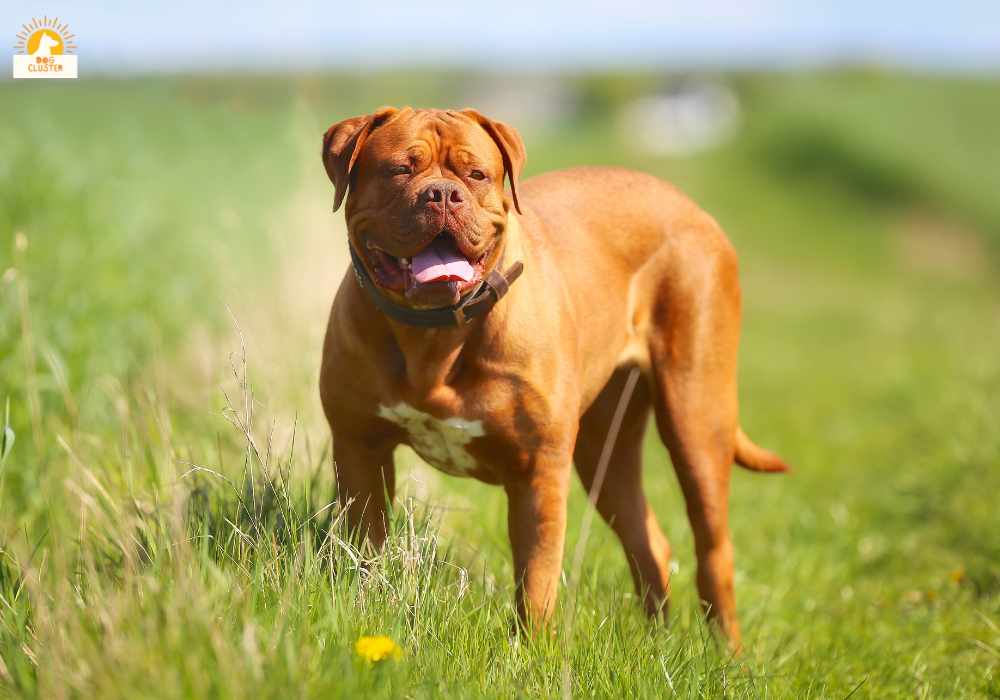
The Dogue de Bordeaux breed needs early socialization and training for a good temperament. They are loyal, affectionate, and protective, making them great guard dogs. Proper training prevents behavioral issues. While with children they need supervision. They thrive in a loving and structured environment.
Socialization Needs
Proper socialization is crucial for Dogue de Bordeaux puppies to develop into well-behaved and balanced dogs. It involves exposing them to various environments, people, animals, and a variety of situations. This helps to build confidence and reduce the likelihood of fear or aggression issues. Puppy socialization classes, obedience training, and controlled interactions with other dogs play an important role. Consistent socialization throughout their lives helps them remain social, friendly, and adaptable.
Friendliness and Adaptability
The Dogue de Bordeaux breed is friendly, affectionate, and good-natured with both family members and strangers. While they adapt to different living conditions, they thrive in homes with attention, socialization, and exercise. Their large size, energy levels, and protective nature require training, socialization, and commitment from the owner.
Health and Grooming Requirements
The Dogue de Bordeaux, also known as the French Mastiff, has an average lifespan of 6-10 years. Proper care, diet, and exercise are important for their health. Grooming is easy with their short coat.
Common Health Issues
Grooming Tips
Training a Dogue de Bordeaux
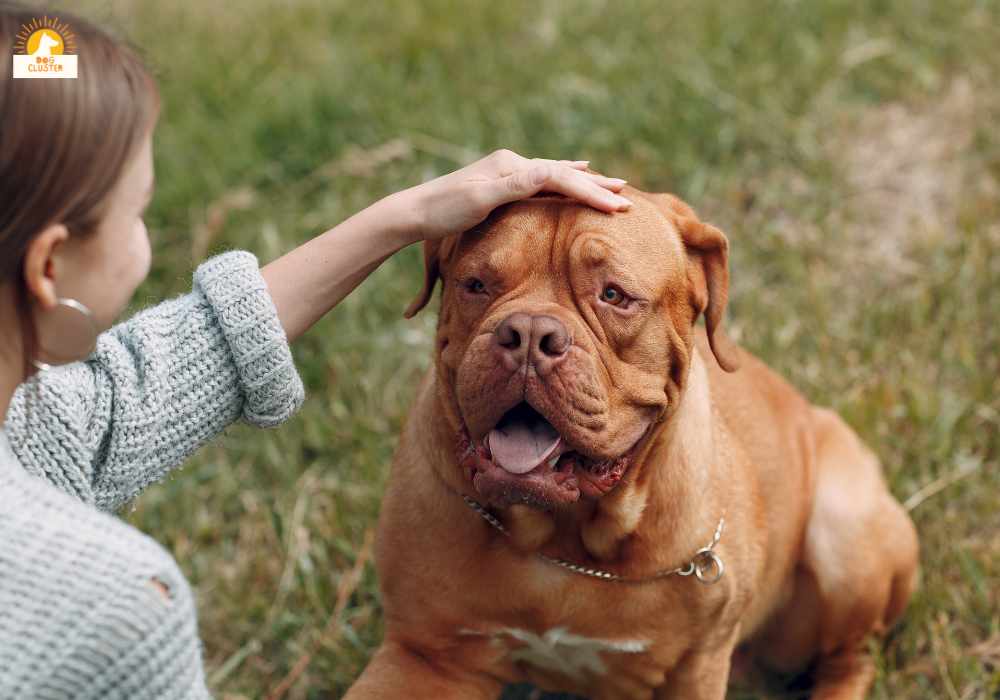
Early training is crucial for Dogue de Bordeaux dogs. Although intelligent, they can be stubborn, so firm yet positive and reward-based methods are best. Obedience classes or working with a professional trainer can help. Consistency, patience, and regular practice are key to success. Mental stimulation and physical exercise prevent boredom.
Addressing a High Prey Drive
French Mastiffs, like the Dogue de Bordeaux, are larger breeds that may have a high prey drive. Proper management involves socialization, training, and supervision. Teaching commands like “leave it” and “drop it” can help redirect their attention. Providing outlets for their energy, such as interactive toys or dog sports, is beneficial. Consistency, positive reinforcement, and redirection techniques are essential in controlling the dog’s prey drive.
Other Behavioral Training
Nutritional Needs

Dogue de Bordeaux, or French Mastiffs, have specific nutritional needs for their overall health. Monitor their weight and feed them at regular intervals to prevent obesity. Provide clean water for hydration. Avoid toxic foods like chocolate, onions, or grapes to keep them safe.
What Food is Best for a Dogue de Bordeaux?
For optimal health, provide high-quality dog food that meets the nutritional needs of a Dogue de Bordeaux. Consult with a veterinarian to determine the best food based on age, size, and dietary needs. Avoid fillers, artificial additives, and excessive grains.
Frequently Asked Questions
Is Hooch A Bull Mastiff?
Yes, Hooch in the movie “Turner and Hooch” belongs to the Bullmastiff breed. Originating in England in the 19th century, Bull Mastiffs are loyal, protective, and affectionate towards their owners.
Is A Dogue De Bordeaux A Bullmastiff?
No, a Dogue de Bordeaux is not a bullmastiff. While both breeds are large and muscular. They have distinct physical differences. The Dogue de Bordeaux is known for its massive head and wrinkled face. The bullmastiff has a shorter muzzle and less pronounced wrinkles.
What Are Some Good Movies Featuring Dogs?
Some great movies showcasing dogs include the beloved classics “Marley & Me,” “Lady and the Tramp,” and “Homeward Bound.” For comedy lovers, “Beethoven” is a must-watch, while action enthusiasts will enjoy “Max,” a heartwarming story about a military working dog.
Conclusion
The Dogue de Bordeaux is a unique and fascinating breed. They have a rich history and distinct characteristics. Proper socialization, training, and regular grooming are a must. Understanding their nutritional needs and health issues is very important for dogs and owners. Provide them with the love, care, and attention they deserve. Share me if you have any stories and thoughts. I will love to read your feedback. Stay with dog cluster and gather knowledge about dog.

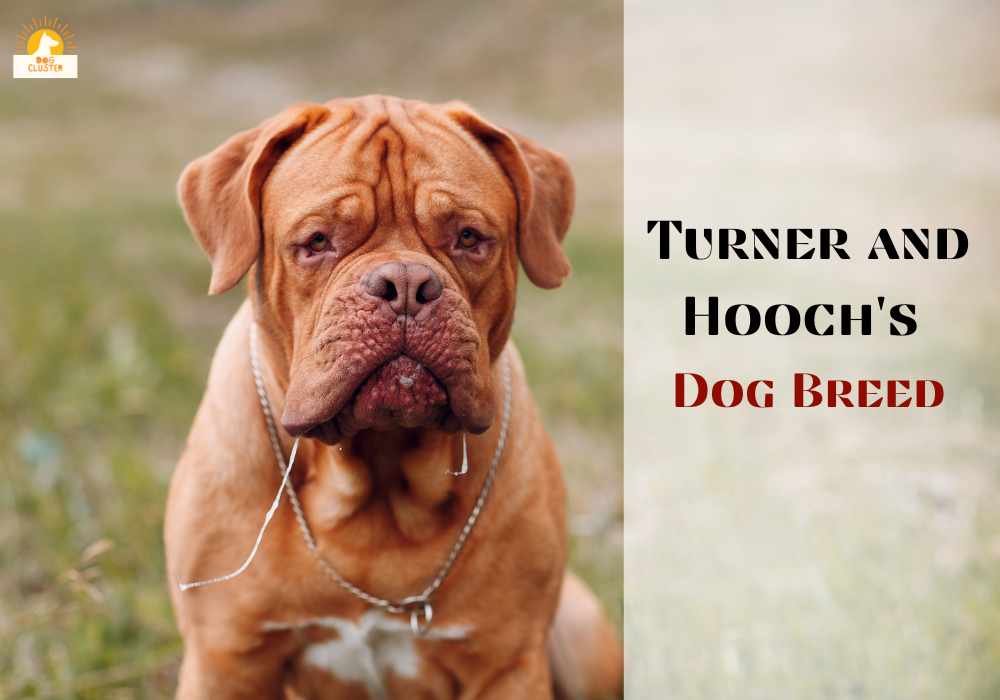
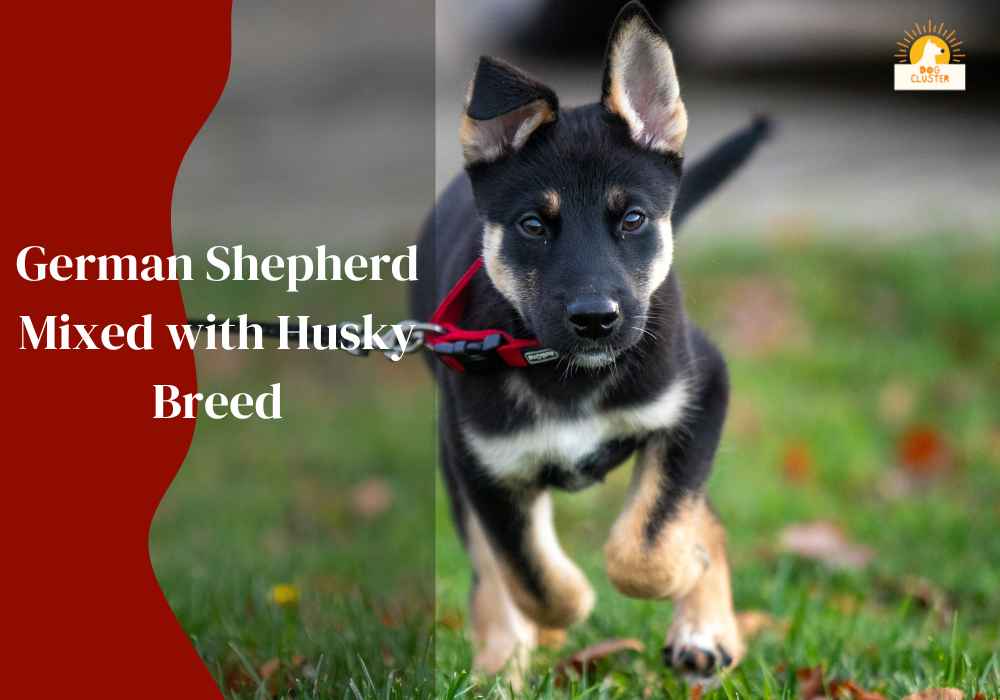
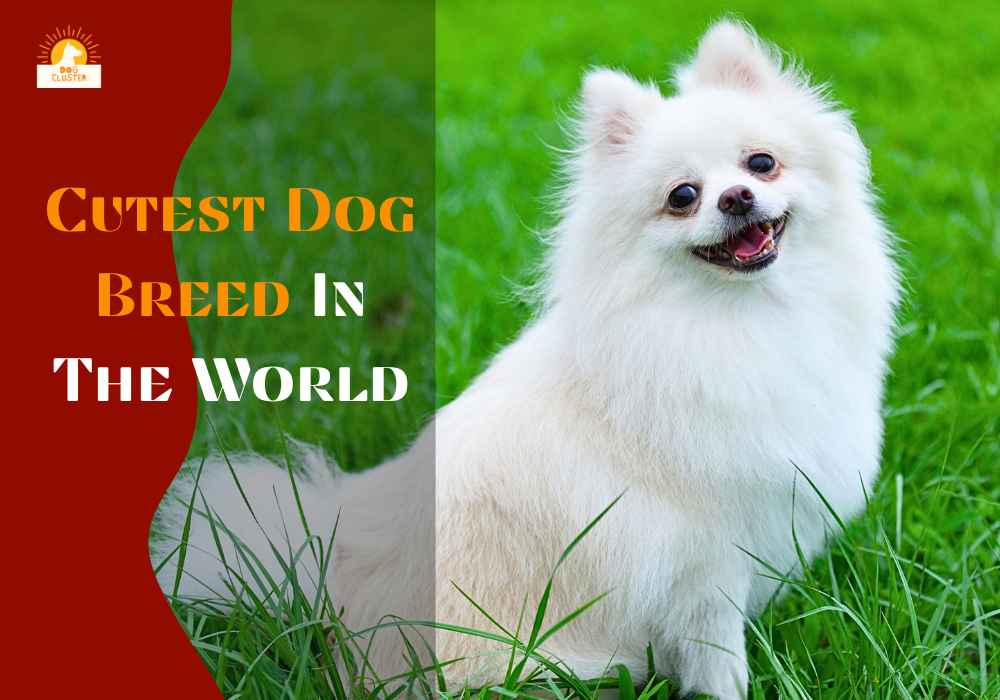

Leave a Reply